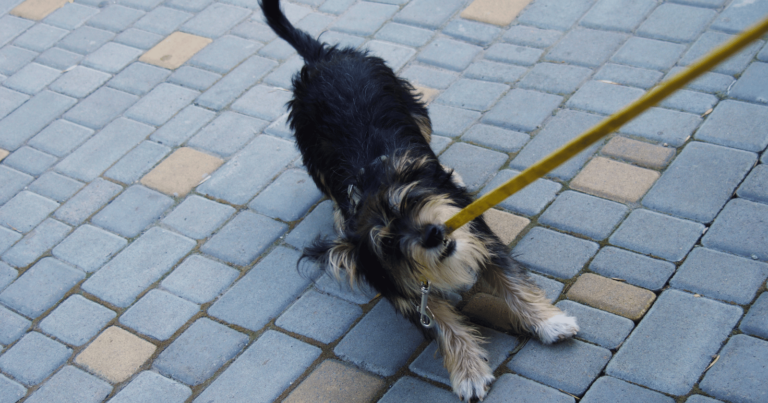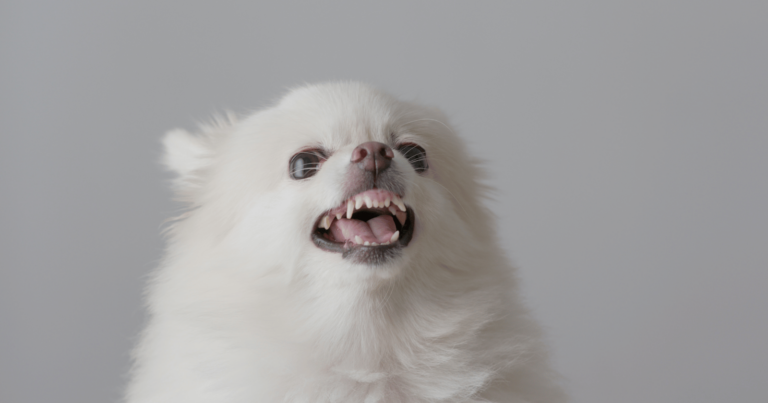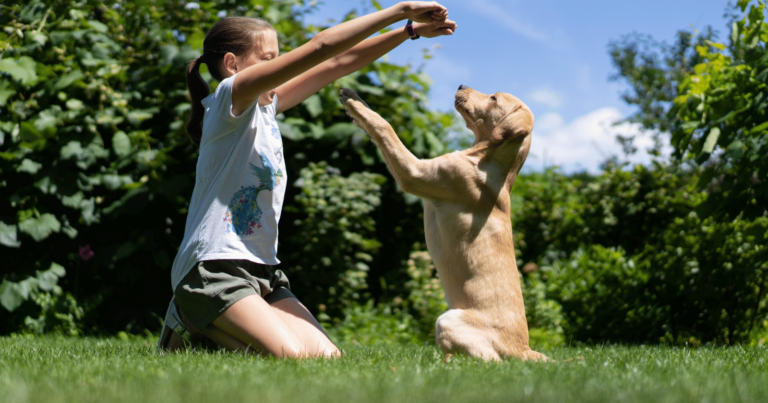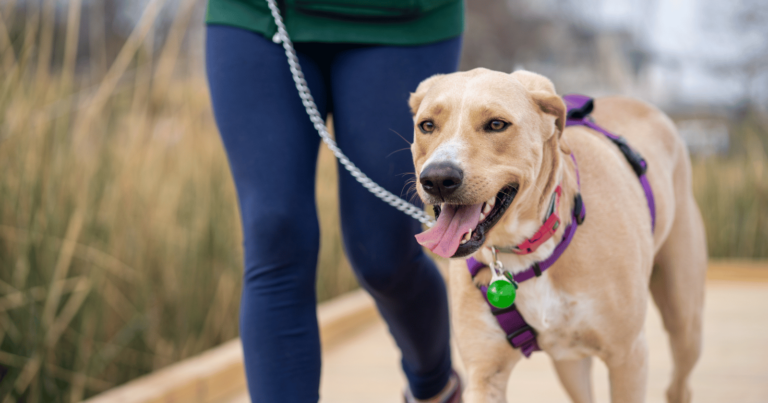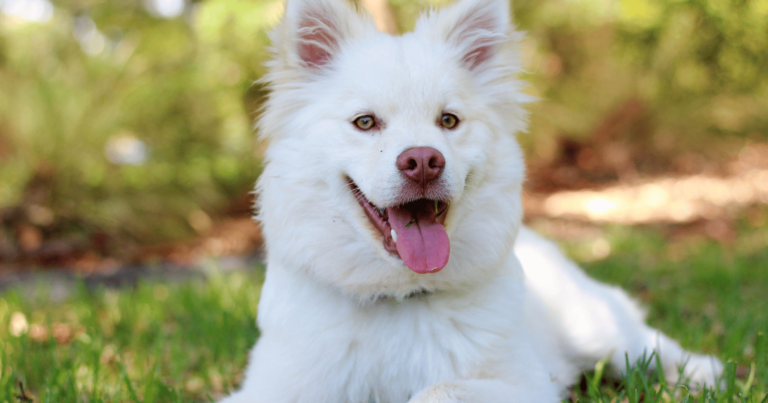Learning to teach your dog to walk on a loose leash is a critical part of a pup’s training.
It’s not just about having well-behaved walks, but also about ensuring safety and enhancing the bond between you and your pet friend.
Walking on a loose leash might seem like a simple task, but it can be quite challenging for some dogs.
In this article, we’re going to cover 8 essential tips that will help you in this training journey.
1. Embrace positive reinforcement
Positive reinforcement is a proven method in dog training.
This approach is all about rewarding your pup for the behaviors you want to encourage. In our case, walking on a loose leash.
Start by choosing a reward that your dog absolutely loves.
It could be a treat, a favorite toy, or even just a hearty praise.
Make sure to give this reward every time your dog walks nicely with a loose leash.
This creates a positive association in your pup’s mind – “When I walk nicely, I get rewarded!”.
Over time, your dog will understand that good things happen when they walk on a loose leash.
2. Teach the “heel” command
In the dog training world, “heel” is a command that instructs your pup to walk beside you, not ahead or behind.
It’s a fundamental skill for loose leash walking.
To teach this, start in a quiet environment with little distractions.
Stand next to your dog with the leash in your hand.
Say the command “heel” and start walking.
If your dog follows you without pulling on the leash, reward them immediately with a treat or praise.
If they pull ahead or lag behind, stop walking.
Call them back to your side, and only continue when they are in the correct position.
This will help them understand that pulling on the leash doesn’t get them anywhere.
Over time and with consistent practice, your dog will learn to walk by your side on a loose leash when given the “heel” command.
3. Gradually increase distractions

Training your dog to walk on a loose leash in a quiet environment is one thing.
But real life is full of distractions.
From other dogs to squirrels, your pup needs to learn to maintain their focus despite these distractions.
Start by gradually introducing distractions in a controlled environment.
This could be in your backyard or a quiet park.
As your dog gets better at focusing on you, you can gradually move to more distracting environments like busier parks or streets.
If your dog gets distracted and starts pulling, stop and wait for them to refocus on you before continuing the walk.
This will help them understand that pulling doesn’t get them what they want.
4. Teach your dog to respond at the end of the leash
To teach this, start in a controlled environment with little distractions.
Let your dog walk until they reach the end of the leash.
The moment they feel tension on the leash, give a cue like “easy” or “wait”.
If your dog slows down or stops, immediately reward them with a treat or praise.
If they continue to pull, stop walking.
Wait for them to return to you before you continue walking again.
This helps them understand that pulling won’t get them further and will instead stop their progress.
5. Use the right equipment

The right equipment can make a huge difference in loose leash training.
A standard flat collar and leash are usually sufficient for most dogs.
However, if your dog is a strong puller, you might need to consider other options.
A front-clip harness can be a good choice in such cases.
When your dog pulls, the front-clip will turn them around instead of allowing them to continue pulling forward.
This can help discourage pulling and give you more control during walks.
Avoid using choke chains or prong collars as they can cause physical harm and create negative associations with walks.
Choosing the right equipment is about keeping your dog comfortable and safe while giving you control.
Always consult with a professional trainer or a vet to find the best fit for your furry friend.
6. Be patient and consistent
Dogs learn through repetition, so it’s important to stay consistent in your training methods.
If you only enforce the rules sometimes, your dog will get confused and it will take them longer to learn.
Ensure that you’re practicing the same techniques every time you go for a walk.
Each dog is unique and will progress at their own pace.
Some dogs might get the hang of loose leash walking quickly while others might take a bit longer. It’s important not to rush the process.
Celebrate small victories along the way and keep the training sessions positive and fun for your pup.
7. Hire a professional if needed
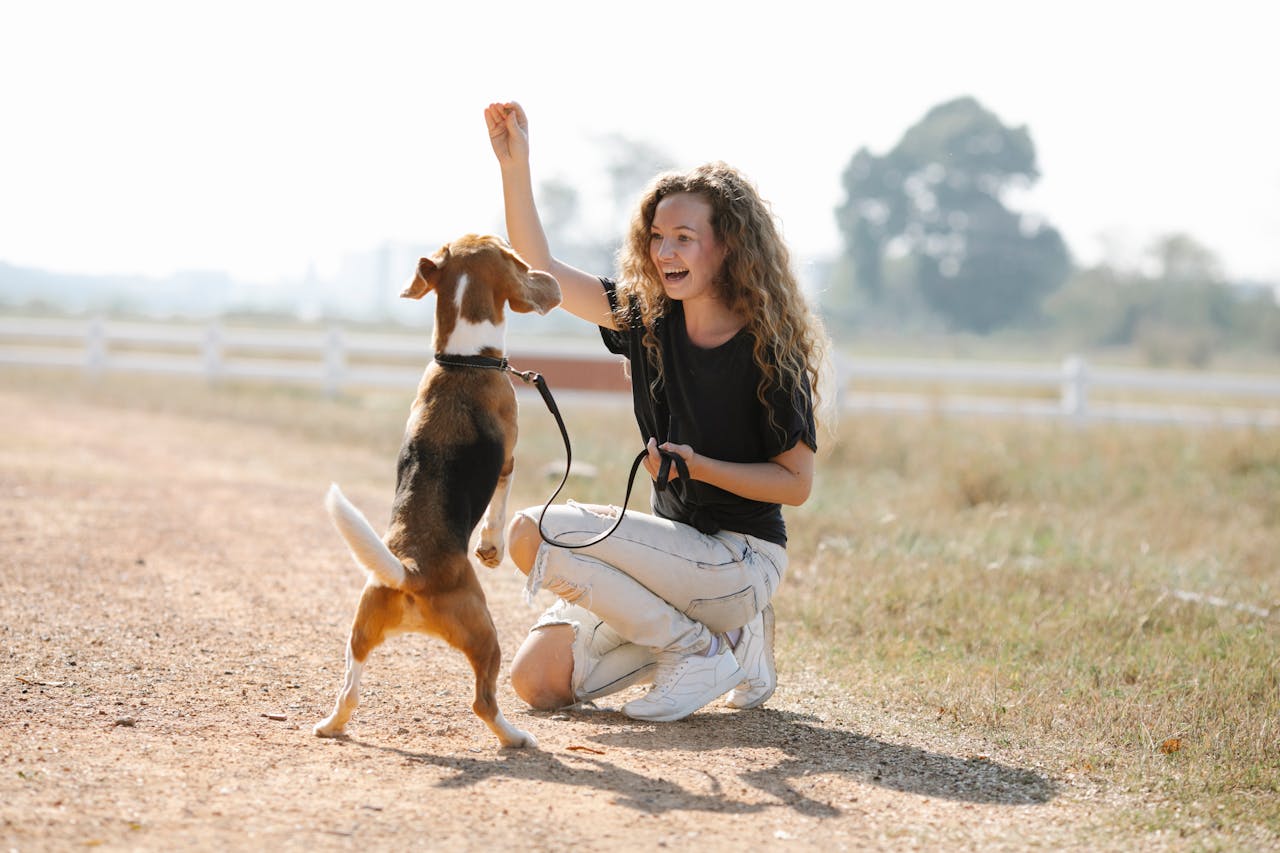
Despite your best efforts, there might be times when you need a little extra help.
If your dog continues to struggle with leash pulling even after consistent training, it might be a good idea to hire a professional dog trainer.
A professional trainer can provide personalized training plans based on your dog’s breed, age, and personality.
They can also help address any other behavioral issues that might be contributing to the leash pulling.
Don’t see it as a failure if you need to call in a professional.
Every dog is different and sometimes a little extra help can make all the difference in your pup’s leash manners.
8. Practice, practice, practice
Finally, remember that practice makes perfect.
Loose leash walking is a skill that takes time to master.
The more you practice with your dog, the better they’ll become.
Set aside some time each day for leash training.
Even a short 10-minute session can make a big difference.
Use this time not just for training but also for bonding with your furry friend.
Also, try to incorporate loose leash walking skills into your everyday activities.
This could be during your morning walks, trips to the park, or even when you’re out running errands together.
Enhancing your bond through training
Teaching your dog to walk on a loose leash isn’t just about good manners or obedience.
It’s about building a stronger bond with your canine companion.
Training sessions are an opportunity to communicate, understand each other better, and develop a deeper relationship.
Remember, our dogs are not just pets, they’re family.
Training should always be a positive and enjoyable experience for both of you.
It’s important to be patient, understanding, and loving throughout the process.



